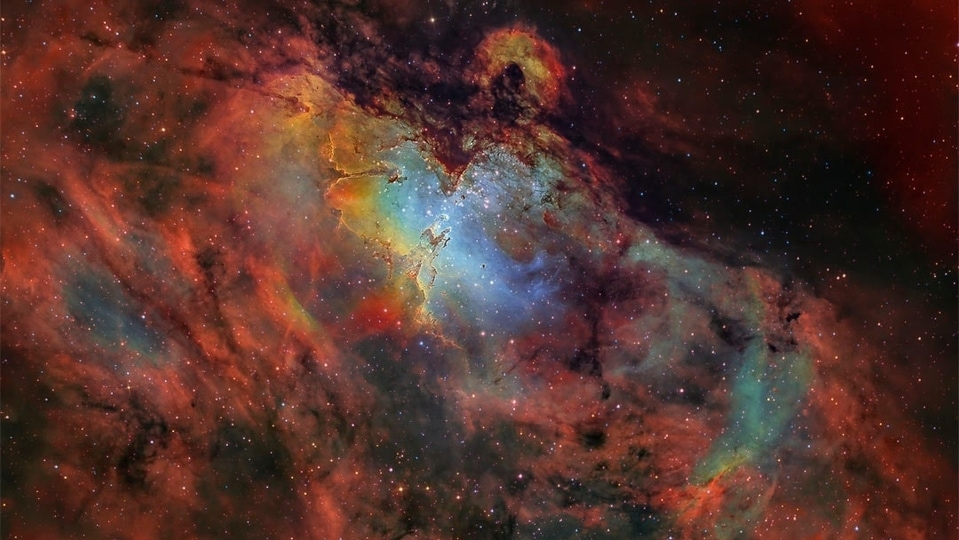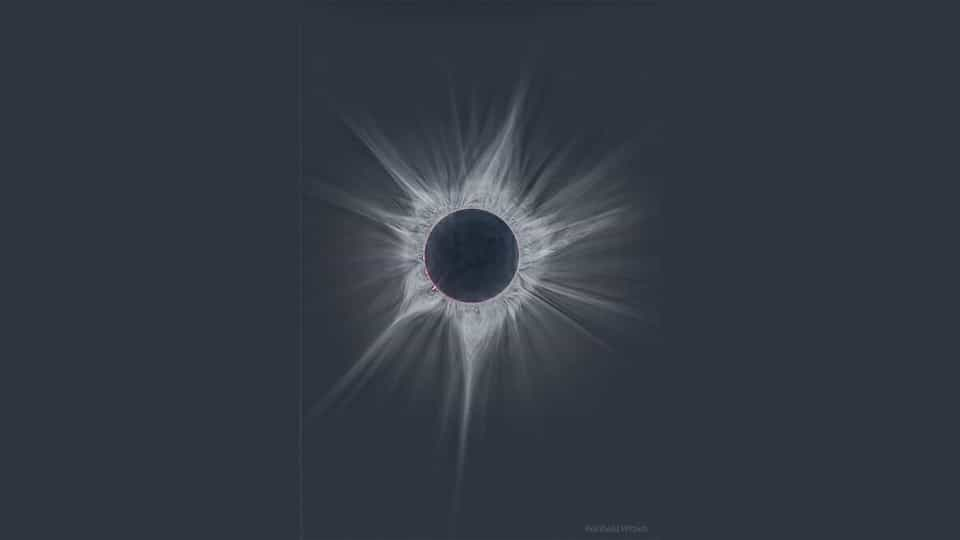NASA Astronomy Picture of the Day 23 March 2023: Breathtaking swirls of Jupiter
Today’s NASA Astronomy Picture of the Day is a snapshot of Jupiter’s swirls, formed due to the storms raging on the surface of the planet.






 View all Images
View all ImagesJupiter is the fifth planet in the solar system, and it is by far the biggest one. In fact, it is twice as big as all the other planets in our solar system combined. Jupiter is also known as the Gas Giant due to a dense atmosphere of hydrogen and helium with windy clouds of ammonia. It also has the most moons in the solar system, with 92 confirmed moons with orbits, according to International Astronomical Union's Minor Planet Center.
Today's NASA Astronomy Picture of the Day is a snapshot of Jupiter's swirls, formed due to the storms raging on the surface of the planet. According to NASA, The planet has also been harboring various natural phenomena for hundreds of years. Jupiter's iconic Great Red Spot is a giant storm bigger than Earth that has raged for hundreds of years.
Tech used to capture the image
This stunning picture was captured by NASA's Juno probe, which is part of a long-term mission to understand the weather and the dynamics of the largest planet in our solar system, Jupiter. According to NASA, Juno uses a spinning, solar-powered spacecraft in a highly elliptical polar orbit that avoids most of Jupiter's high radiation regions. It has sophisticated instruments such as JunoCam, Ultraviolet Spectrograph, Jovian Infrared Auroral Mapper, and Microwave Radiometer to study the gas giant extensively.
NASA has warned that the Juno spacecraft is in good condition at present, despite its extended mission, but will have a limited lifespan due to having absorbed heavy amounts of radiation from Jupiter.
NASA's description of the picture
Big storms are different on Jupiter. On Earth, huge hurricanes and colossal cyclones are centered on regions of low pressure, but on Jupiter, it is the high-pressure, anti-cyclone storms that are the largest. On Earth, large storms can last weeks, but on Jupiter, they can last years. On Earth, large storms can be as large as a country, but on Jupiter, large storms can be as large as planet Earth. Both types of storms are known to exhibit lightning.
The featured image of Jupiter's clouds was composed of images and data captured by the robotic Juno spacecraft as it swooped close to the massive planet in August 2020. A swirling white oval is visible nearby, while numerous smaller cloud swirls extend into the distance. On Jupiter, light-colored clouds are usually higher up than dark clouds. Despite their differences, studying storm clouds on distant Jupiter provides insights into storms and other weather patterns on familiar Earth.
Catch all the Latest Tech News, Mobile News, Laptop News, Gaming news, Wearables News , How To News, also keep up with us on Whatsapp channel,Twitter, Facebook, Google News, and Instagram. For our latest videos, subscribe to our YouTube channel.




























